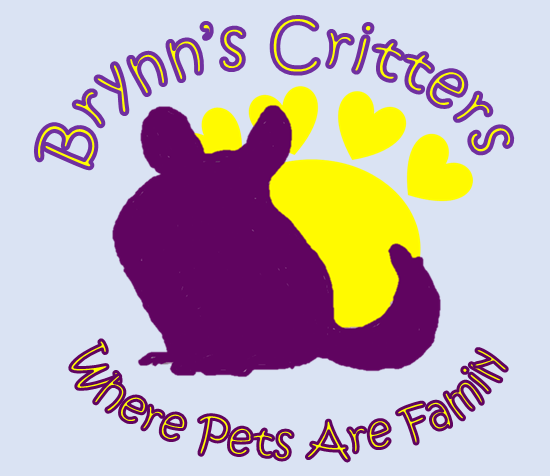We would like to help pet people wade through the claims. As a new pet service business, we are dedicated to providing the safest care possible to our customers’ valued pet family members. When I started to research pet travel safety, I discovered that the pet industry is remarkably unregulated. Manufacturers can claim that the product was tested for travel safety without having tested the product or having tested the product but it failed the test. We delayed starting the pet transport portion of our business due to these discrepancies.
Lindsey Wolko, the founder of the Center for Pet Safety (centerforpetsafety.org) discovered the lack of regulation the hard way when her beloved harnessed dog was severely injured and decided to do something about it. In 2013, CPS partnered with Subaru of America to test travel harnesses that claimed that they were effective safety restraints. In March of 2104, I wrote a blog about their findings (http://brynnscritters.com/dog-travel-harness-safety-test-2013/). The same two companies partnered in 2015 to test crates and carriers.
CPS chose four crates for testing and one other crate for investigative purposes. The requirements for the four crates were that the cost of the crate and shipping had to be less than $1,000.00 and the product must have claimed “testing,” “crash testing,” or “crash protection.” The investigative crate was tested because it is a common way for owners to transport pets.
Of the four crates, only one passed with only minor damage—the Gunner Kennel. This crate stayed in place, the dog remained in the kennel, and the door was easily unlocked. The only damage was minor damage to the anchor pins that held the crate in place. The other three crates had varying degrees of damage to the crate and/or resulted in the test dog only being restrained by the seat belt, because the crate splintered into pieces. The damage to the crates often varied from one test to the next.
The Midwest Wire Kennel was tested for its popularity even though it did not claim to be crash tested. The first test used common rubber straps from the hardware store; the second test used several strength-rated straps purchased by CPS. In the test with rubber straps, the rubber straps did not provide any security to the kennel which hit the back of the seat, and the kennel broke into multiple pieces. The strength rated straps held the kennel in place, but the dog hit the back of the kennel which broke the kennel, resulting in the test dog protruding from the back. This kennel should only be considered as a distraction prevention tool, not as a safety tool.
The Center for Pet Safety also tested carriers. Four carriers claimed to be crash tested: Sleepypod Mobile Pet Bed, Pet Ego Jet Set Forma Frame Carrier (and ISOFIX Latch Connection), PetBuckle Auto Kennel Restraint, and Snoozer Roll Around Travel Dog Carrier Backpack 4-in-1. Four carriers were chosen even though they did not specify crash testing but did specify use in a vehicle: Petmate Compass Dog Carrier (with PetBuckle Auto Kennel Restraint), PetMate Vari Kennel Plastic Carrier, Kurgo Wander Carrier, and Pet Ego Pet Tube.
Two of the carriers received top performer ratings with some specifications. Initially, the top Velcro connection on the Sleepypod Mobile Test Bed released and the bed flipped off the test bench. The manufacturer flew to the testing site. They recommended opening and closing the Velcro several times, after which the Velcro held. The Velcro also held when a PPRS Handilock that is available from Sleepypod was added. The Pet Ego Jet Set Forma Frame also had connection issues initially which also resulted in the carrier not remaining on the test bench. The company allowed CPS to purchase their ISOFIX Latch Connection system. There was some deformation to the connections, but it did hold. As long as the designated connection systems are used, the test dog stayed in place and these carriers survived the crash test.
All of the remaining carriers resulted in varying degrees of failure. None of the videos on the CPS site made me feel like any of these products should be considered as safety devices in the event of a crash.
While Brynn’s Critters does not endorse specific products, I have to commend Sleepypod for their reactions to the tests performed by CPS. They actively modified their extra-large harness when CPS was concerned that the test dog moved too far forward in the seat and improved on their harnesses after crash testing so that all harness sizes passed the crash tests. When the Velcro connection on the Sleepypod carrier failed, they spoke with CPS about possible differences in the actual crash testing that might have contributed to the failure, and then flew a representative to the testing site the same day to resolve the issues. Personally, I believe that this is the absolute best reaction that could have come from a pet product manufacturer.
We understand that the restraints that are crash worthy tend to be pricy, and that there is something to be said for even just reducing distractions by restraining the pet in some sort of carrier, crate, or harness. However, loose items in the car, even small items like cell phones or pop cans, can result in serious injuries to passengers. Now imagine a 30- or 40-pound pet hitting you, your seat, or a passenger in your car. The pet, you, and any passengers in your vehicle would more than likely become injured, possibly severely, in the event of a crash. Please err on the side of safety and use a restraint that has proved that it has passed crash testing.


Recent Comments